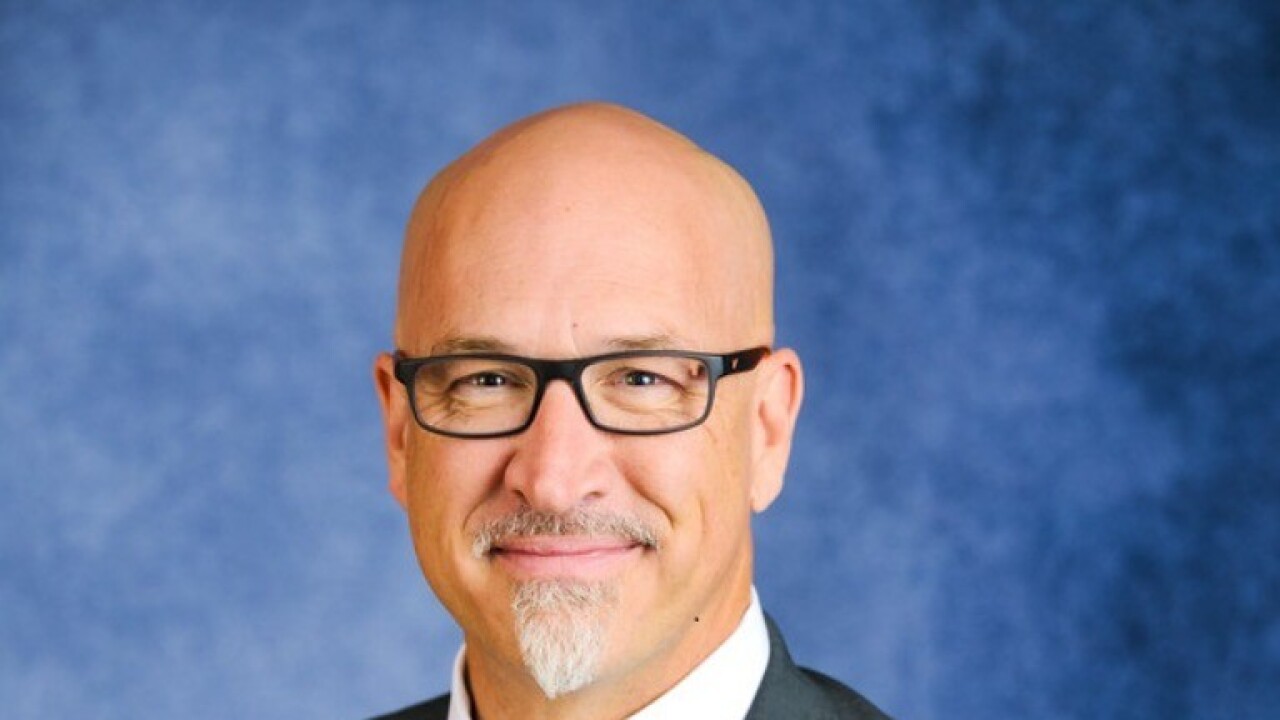Global healthcare cost is expected to rise on average by another 7.8%, according to the 2017 Willis Towers Watson Global Medical Trends Survey. In the United States, healthcare alone is expected to rise by 7.5% by the end of the year.
Of the insurers that were surveyed for the study, many blame the increase in cost on inpatient and outpatient medical services, advanced medical technology and the overuse and over prescribing of services.
Controlling rising medical costs is without question a top priority for insurers and employers around the world, according to Cecil Hemingway, co-head of Health and Benefits at Willis Towers Watson.
“While progress is being made on some regions to stem costs, the vast majority of respondents continue to grapple with how to rein them in,” says Hemingway. “More employers are implementing both traditional and innovative approaches to managing rising costs.”

While medical cost increases have slowed in recent years, insurers still report trends between 7% and 9% per year, from 2015 to 2017. With costs per employee approaching $13,000 per year — 12% of the average employee’s pay — little has been done to address growing affordability concerns for employees, particularly in the wake of a prolonged period of relatively stagnant wage growth.
Also see: “
At least 63% of insurers say the high cost of medical technology is a significant cost-driving factor outside the control of employers and vendors, followed closely by providers’ profit motives at 40%.
However, what 74% of insurers thought were costing plan providers most was the overuse of care due to medical practitioners recommending too many services. This percentage is assisted by 54% of insurers citing overuse of care due to employees seeking inappropriate methods of treatment.
Francis Coleman, head of health and benefits, and global services and solutions at Willis Towers Watson, says with private healthcare still being a relatively new concept for many employees, they may not be using the coverage as efficiently as they should.
“They may be seeking additional tests or treatments that are simply not necessary or seeking out only the most expensive hospitals when other lower cost options are available,” Coleman says. “In some countries, this could also refer to the fact that employees are ignoring use of a national health or social system that may be available for some non-time sensitive treatments.”
Coleman adds that these possibilities all point to the need for greater control by employers and insurers to direct when and where the private healthcare coverage is utilized.
Employers in the U.S. expect their plan trend to increase by 5% for both 2016 and 2017 after plan design changes, higher than the 4% rise in 2015. By 2018, more than half of employers will make changes specifically designed to lower premium contributions for low-wage workers and out-of-pocket costs at the point of service.
The most aggressive cost cutting employers intend to focus is minimizing the most expensive and commonly overused procedures, adopting cost-effective options to manage pharmacy spend, particularly for high-cost specialty drugs, and redefining coverage for spouses who can obtain coverage from their own employers.
Continued rise of wellbeing programs
Globally, 39% of respondents offer wellbeing programs. In the U.S., three-quarters of employers offer these programs, and these offerings are projected to grow — some significantly — in the next year.
Health promotion programs are also gaining traction. Nearly 65% of employers now offer personal health risk assessments with another 16% planning to do so in 2018. Second medical opinions are offered by 71% with another 11% planning to do so in the future.
Finally, 48% of insurers offer lifestyle and health education programs, and these are expected to grow nearly 65% by 2018.
Coleman says wellbeing initiatives are holding great promise for addressing non-communicable diseases as well as others that arise from lifestyle choices such as smoking, poor eating habits and lack of regular exercise.
“While respondents’ health promotion programs continue to grow globally, we believe insurers can work more closely with employers to better understand employee population health risks and employees’ preferred ways of using them, while providing enhanced metrics and standardized reporting,” Coleman says.
Compared to the rest of the world, the United States remains on the lower side of the average rise in healthcare cost of 7.8% at 7.5%, with the highest being Latin America at 11.5% and Europe being the lowest at 4.5%.





